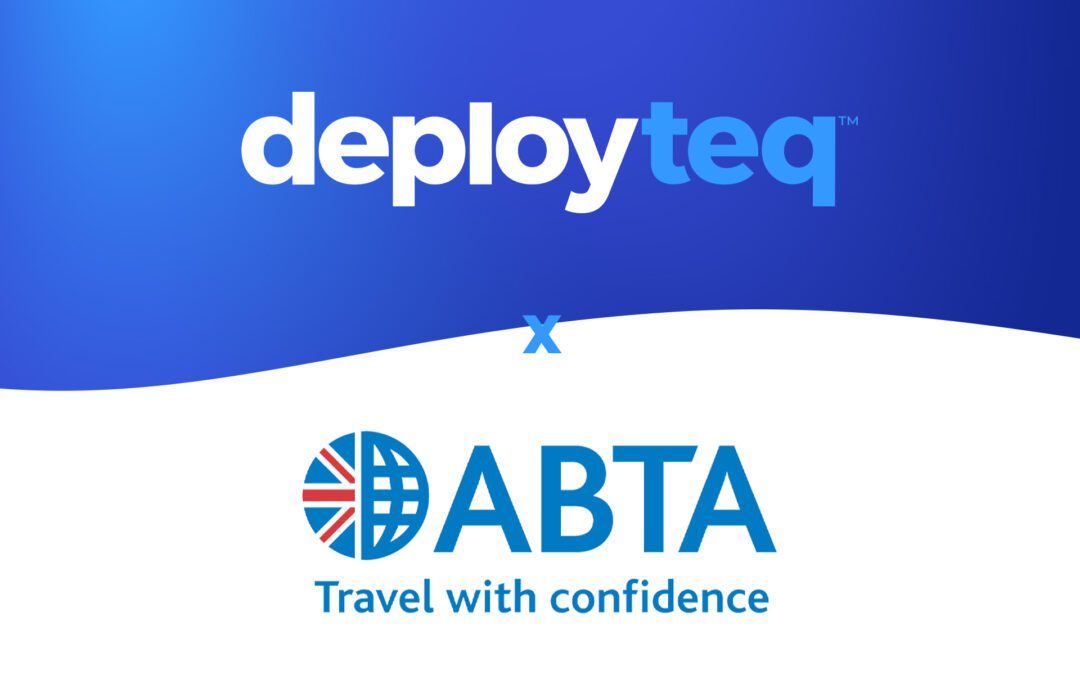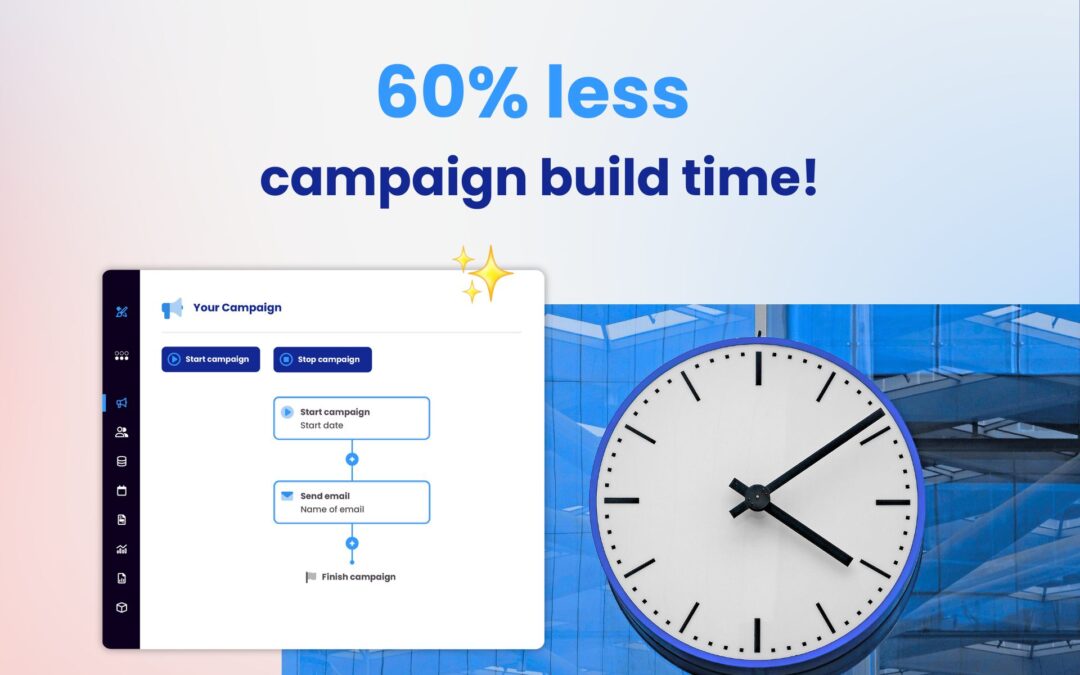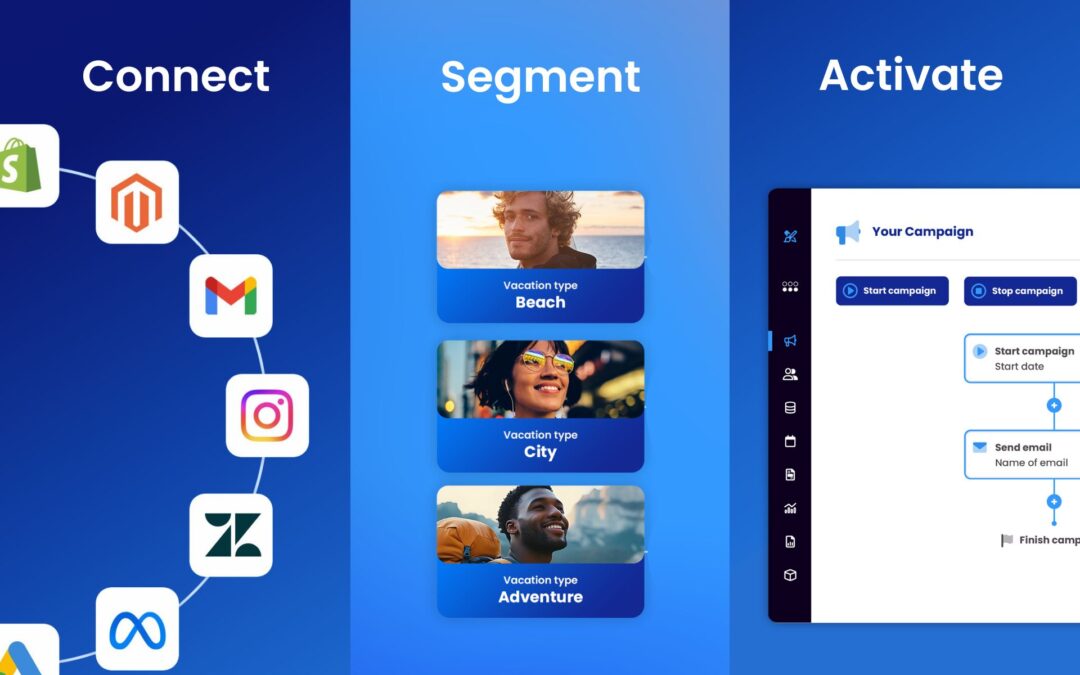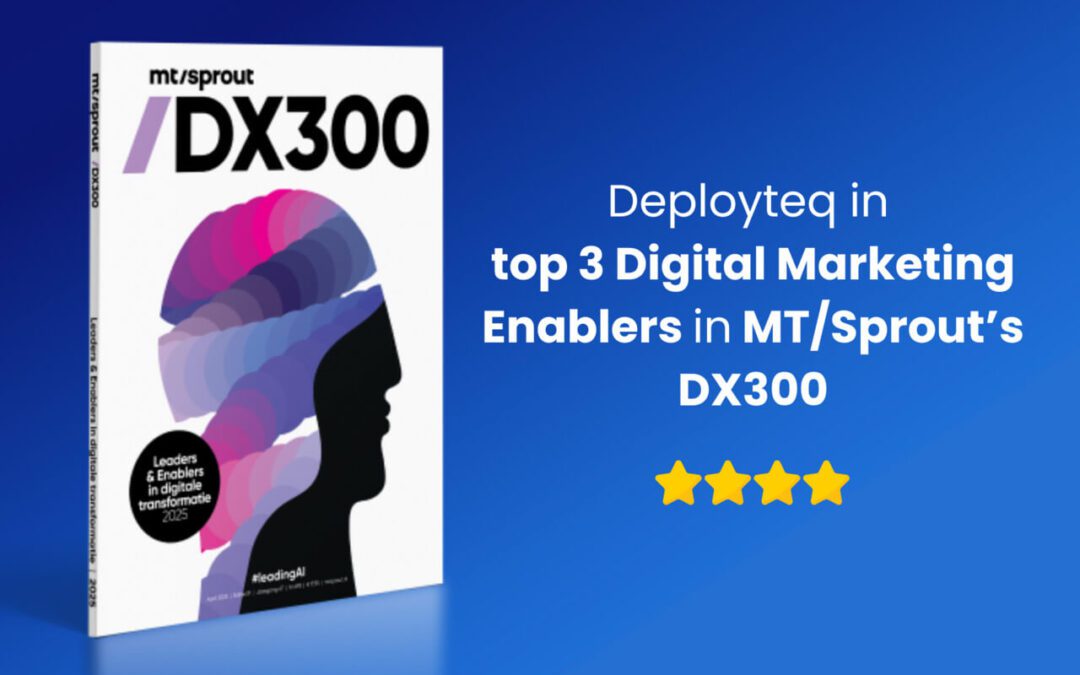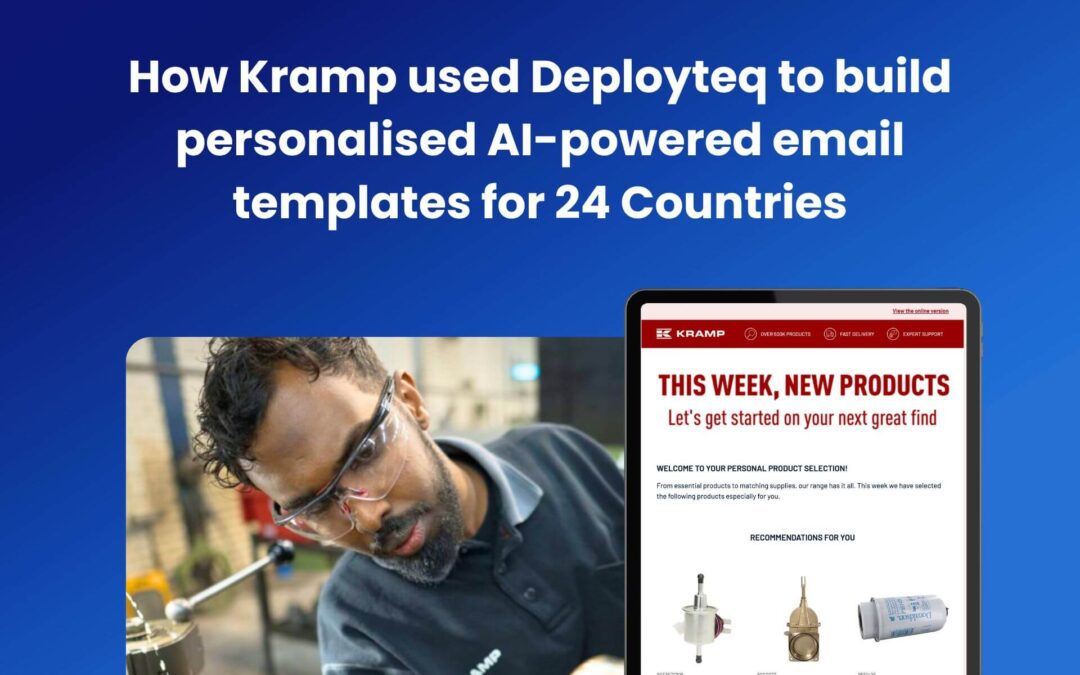Most marketing teams face the same paradox: more data than ever, yet less clarity on how to use it. Website analytics, email clicks, ticketing, surveys, and other systems operate in silos, creating a patchwork of “maybes” about customers and audiences.
Customer Data Platforms (CDPs) address this by unifying data from all sources into continuously updated profiles that marketers can use for analysis and activation. It’s no surprise the market is set to grow from €2.54B in 2024 to €8.72B by 2029, fuelled by the push for personalisation amid stricter privacy rules and more devices (MarTech Intelligence CDP report 2025).
This article offers a practical view of how organisations can move from disconnected data to connected value, across industries, and shares early lessons from our work with DeLaMar Theater on their first CDP use cases.
Case in point: DeLaMar Theater’s first CDP steps

Goal 1: NETA: behaviour over transactions
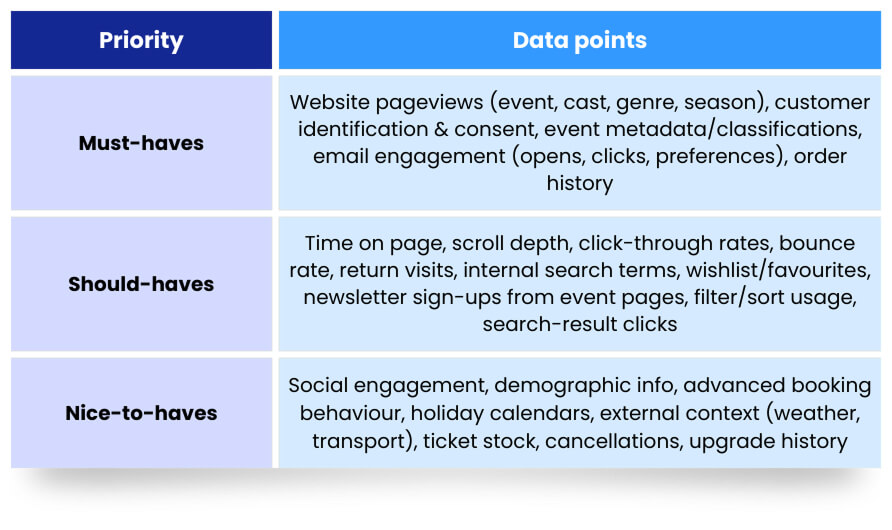
Artist affinity can outweigh genre, ensuring that if you like a specific performer, their shows rank higher than general category matches.
Goal 2: Loyalty segmentation
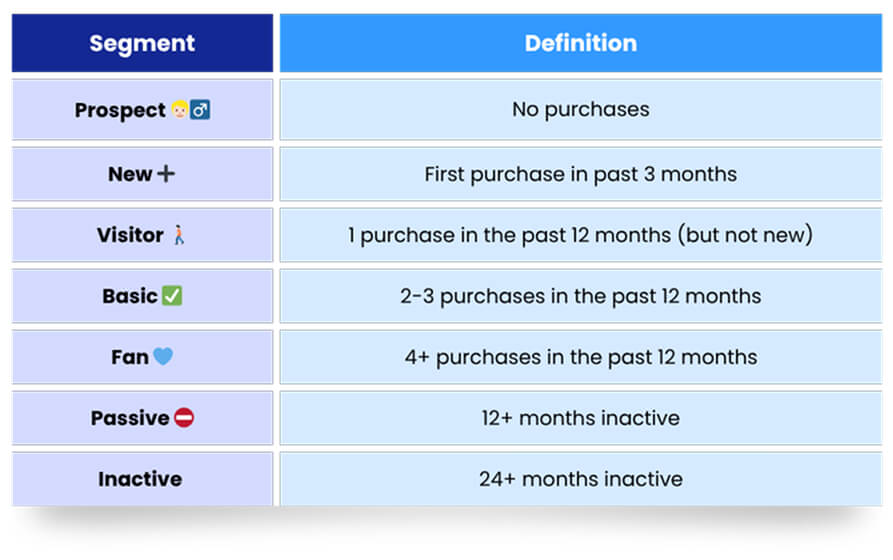
Each tier splits into Budget (low spend) and Premium (high spend). The model also accounts for non-purchase audiences like newsletter subscribers, website visitors, and social followers. Attributes like “first, last, next event date” and “multi-season ticket holders” allow for deeper targeting.
Special groups, such as Podiumpas holders, get tailored journeys, sometimes excluded from standard recommendations, sometimes targeted with urgency messages when ticket stock is high.
The DeLaMar impact we expect (and how we’ll know)
Abandoned search campaign
Next Best Offer
Return on marketing investment
The takeaway
You already have rich customer data – the challenge is making it useful. Whether you’re a theatre, retailer, insurer, or B2B brand, the pattern holds:


